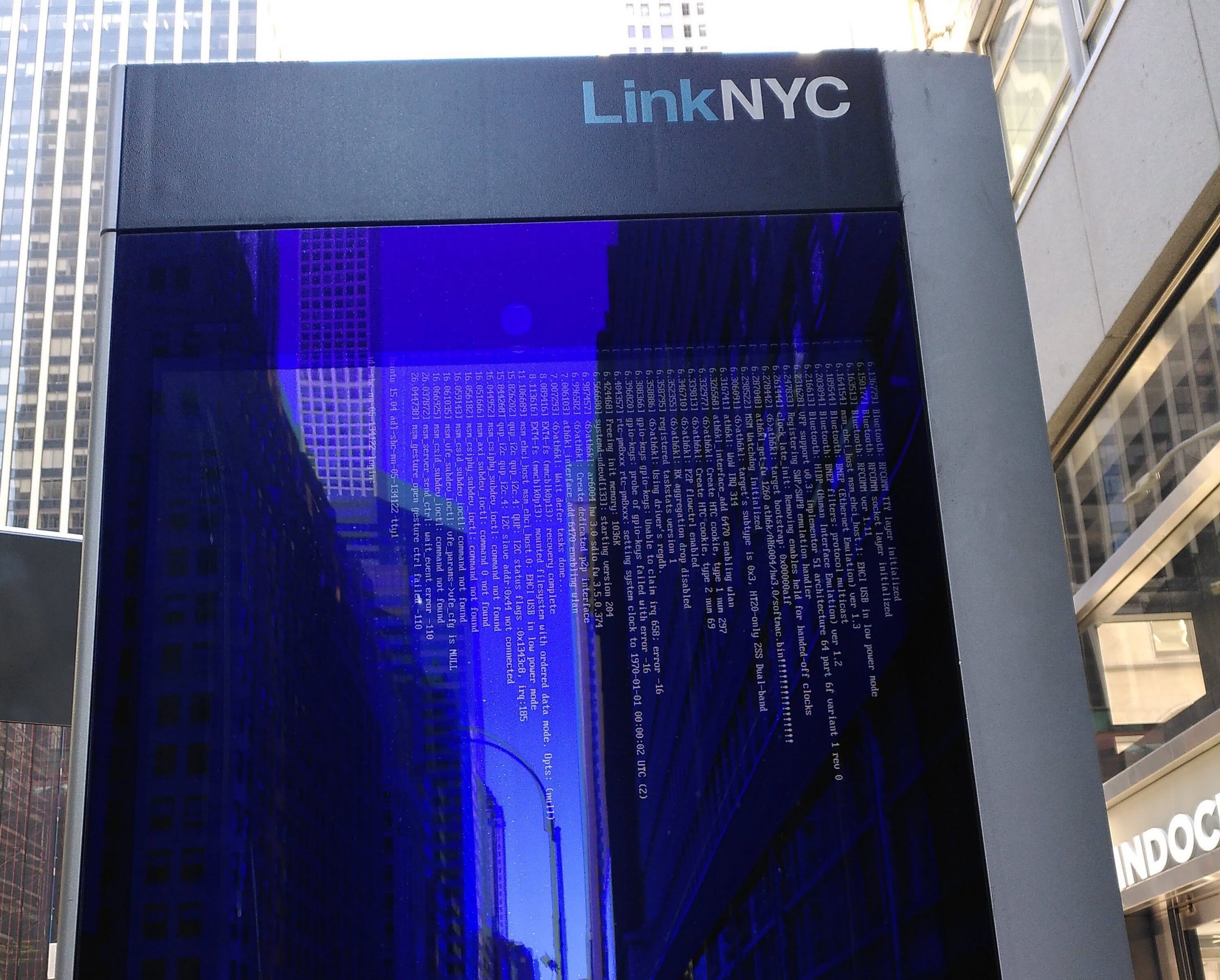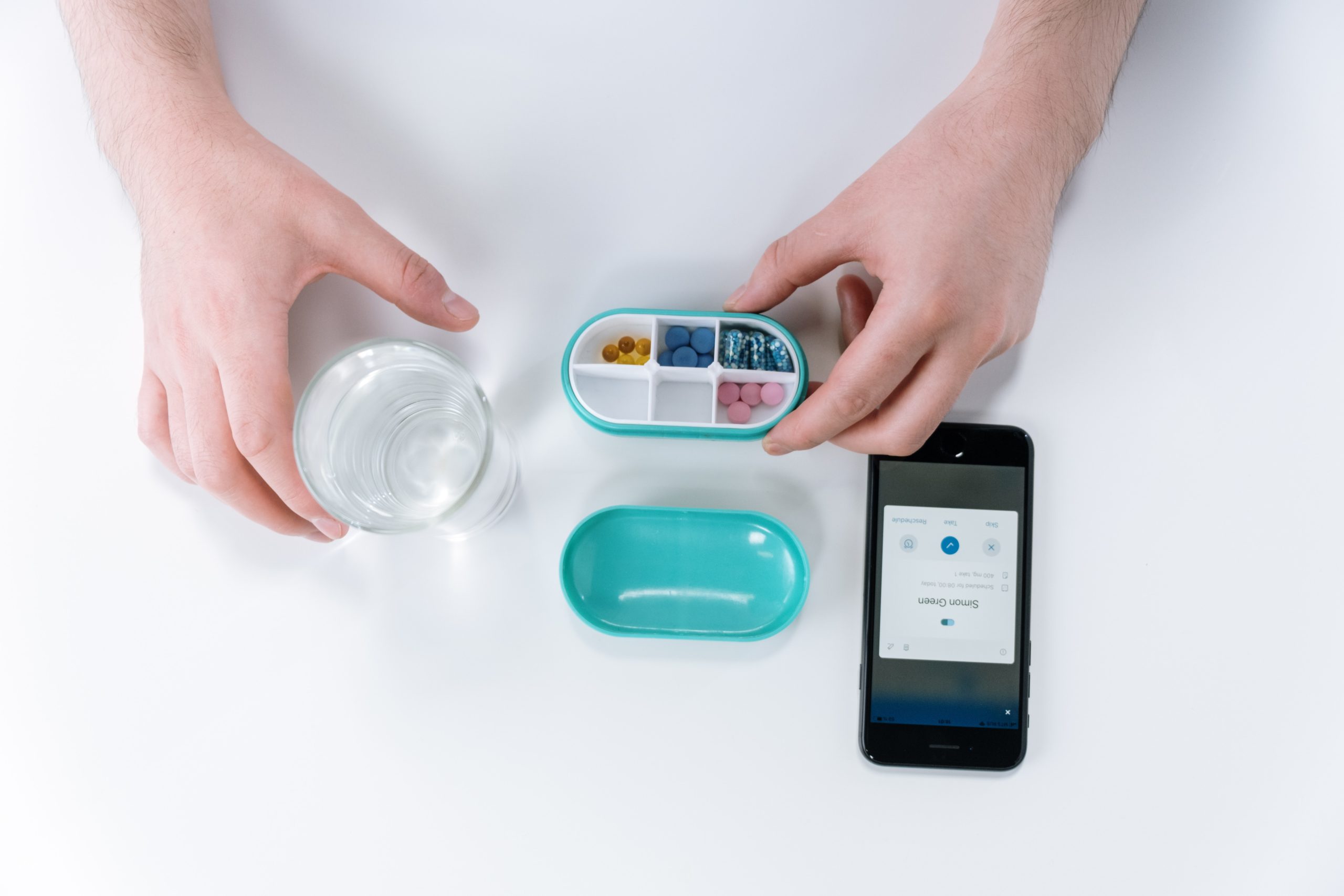New York is replacing their payphones with LinkNYC access points providing free calls, 911 calls, free WiFi, charging, and more. You would think such a system would warrant professional monitoring. Nevertheless, some of these devices just show a blue screen of error messages followed by a Linux login prompt.
- Monitoring of crucial systems must include an automated mitigation action and reporting to a 24/7 operations center.
- Monitoring of important systems needs immediate alerting to staff on call.
- Monitoring of normal systems only needs to log a trouble ticket to be addressed by regular staff during working hours.
- Low-priority systems do not need active monitoring.
It seems these kiosks are not as important to the company running the system as they were to the Mayor promising them.
Does every system on your central system list have a monitoring priority? When was the last time you checked with the person with the technical responsibility what monitoring is in place?


